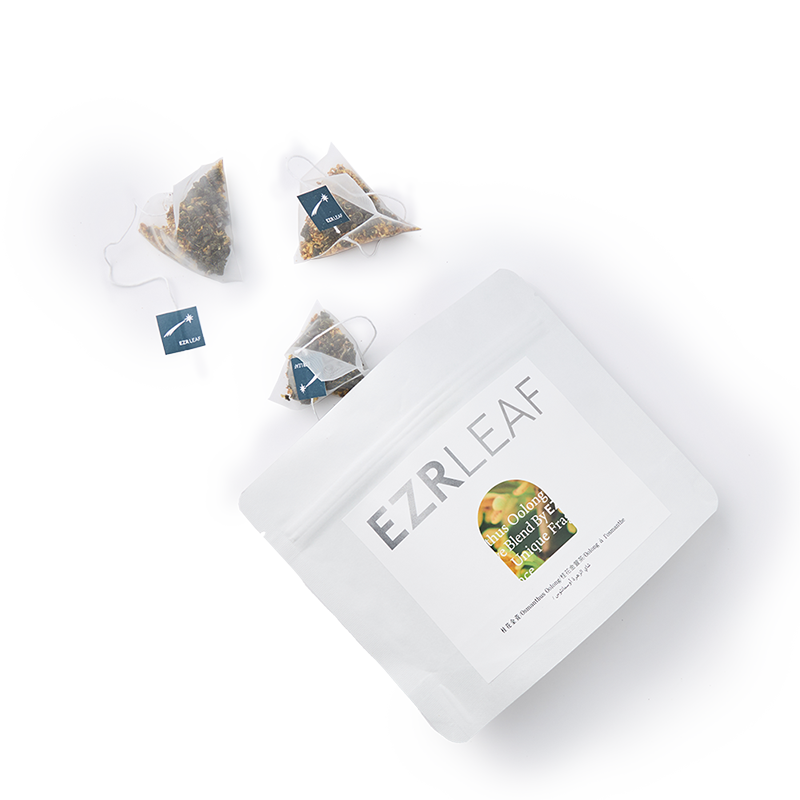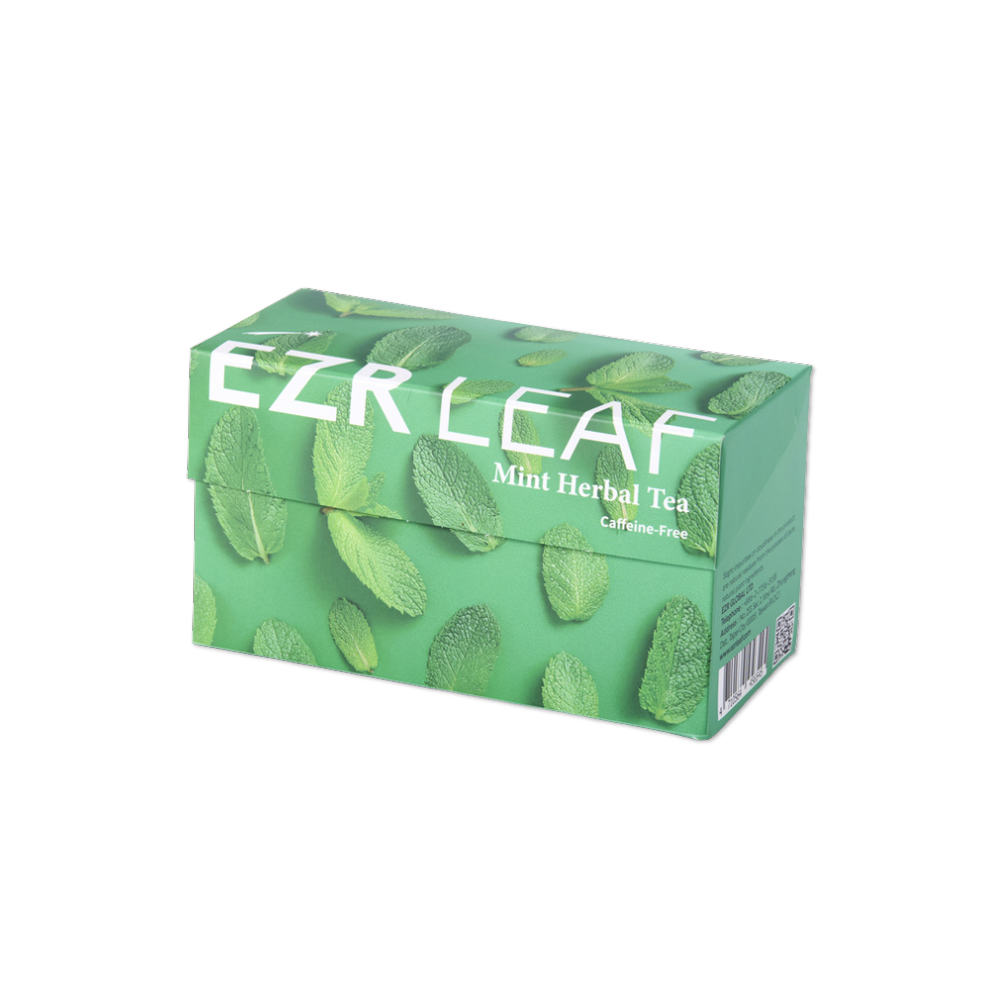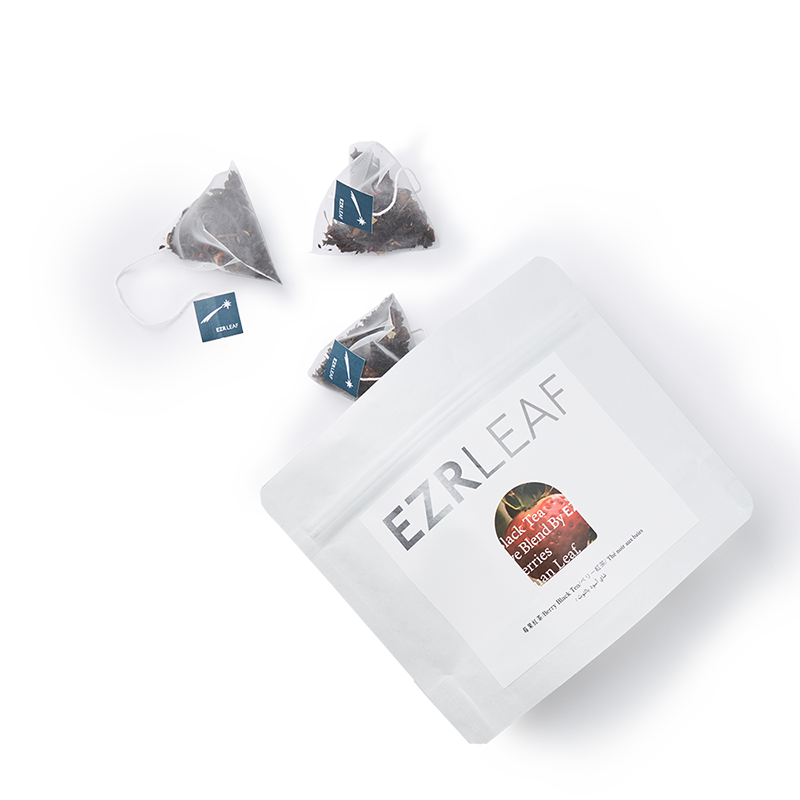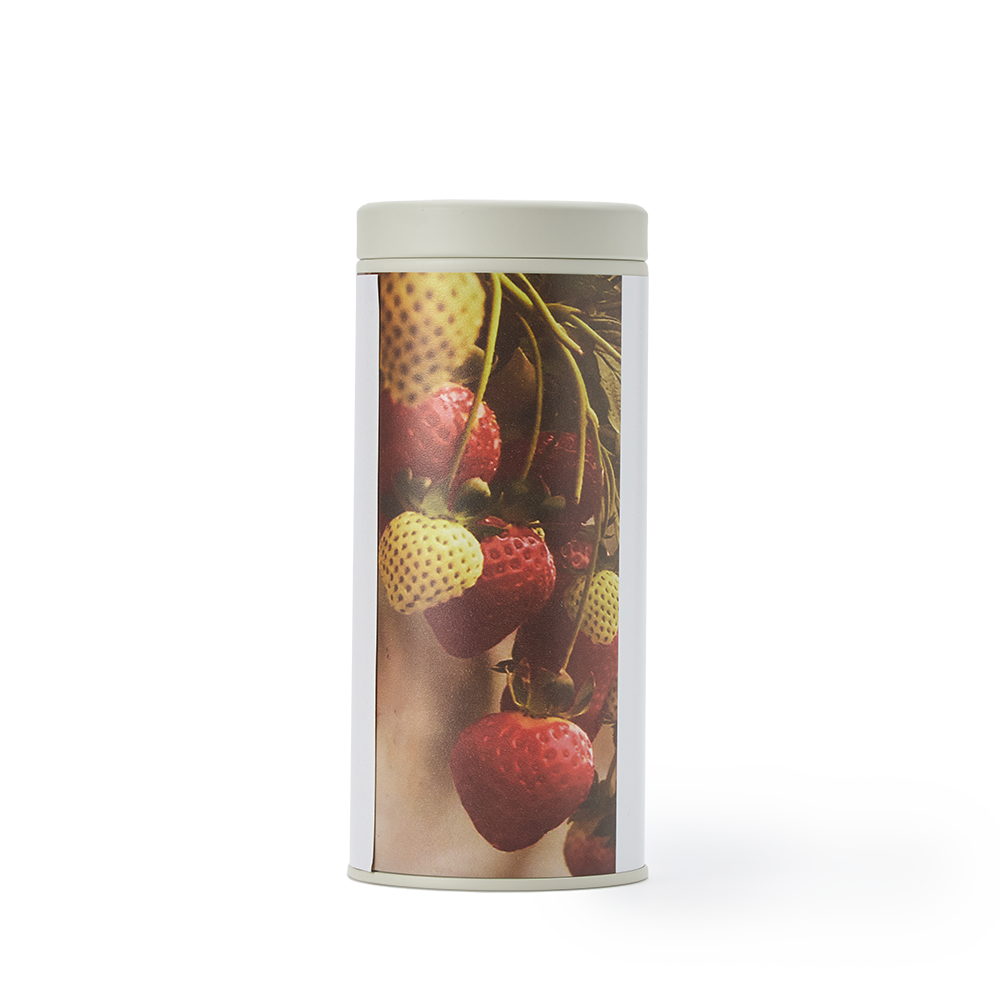A Comprehensive Guide to Black Tea Classifications
Introduction
Building on the previous chapters overview of black tea characteristics, this section presents a more detailed classification based on origin. Black tea, originally from China, was widely popularized by the British and is now one of the most consumed tea types globally.
1. India
Indian Black Tea: A Fusion of Strength and Terroir
Although geographically close to China, India had no significant tea culture before the 19th century. The rise of Indias tea industry was driven by British colonial trade strategies. Facing trade imbalances with China in the late 1700s, Britain sought to cultivate tea in its colonies. In the 1830s, the East India Company began experimenting with Chinese tea plants and techniques in India.
Darjeeling
- Started in 1835 in the Himalayan foothills.
- Elevation: 6002,000m; cool, misty climate.
- Known as the 'Champagne of Black Tea' for its floral, highland aroma and refined taste.
Assam
- Discovered in 1823 by Robert Bruce.
- Grown in lowland, humid plains using native large-leaf variety.
- Produces strong, malty, reddish-brown liquorideal for English Breakfast and Masala Chai.
Nilgiri
- Located in southern India with year-round production.
- Tea has a clear orange-red color, floral-fruity aroma, and smooth, balanced taste.
Summary:
Northern Indian teas are bold and flavorful, while southern teas are smoother and milder.
A Comprehensive Guide to Black Tea Classifications
2. Sri Lanka
Ceylon Tea: A Global Standard for Quality
Sri Lanka, formerly Ceylon, has been a major black tea exporter since the 19th century. Ceylon teas are categorized by elevation:
High Grown Tea
- Nuwara Eliya: 1,800m elevation, floral aroma, crisp taste. - Dimbula: Balanced flavors with floral and fruity notes.
- Uva: Eucalyptus or minty notes due to monsoon winds.
Mid/Low Grown Tea
- Regions like Kandy and Ruhuna (<1,200m) produce bold, rich teas. - Used in milk tea, instant blends, and flavored teas.
3. China
Home of Black Tea Craftsmanship
Keemun (Qimen) Black Tea
- From Anhui Province (200800m), floral with rose, orchid, dried fruit, and honey notes.
Lapsang Souchong
- From Tongmu Village, Wuyi Mountains, Fujian.
- Smoked over pinewood fires; bold, smoky, with pine and dried fruit tones.
Yunnan Dianhong
- From Yunnan highlands (1,200m+), large-leaf variety.
- Rich in cocoa, malt, dried fruit, and honey, with full-bodied and lasting aftertaste.
4. Africa
A Comprehensive Guide to Black Tea Classifications
Modern Production for Global Demand
Kenyan Black Tea
- Regions: Kericho, Nandi Hills (1,5002,200m).
- Uses CTC method for strong, quick brews.
- Deep red-brown liquor, earthy, nutty, spicyperfect for milk tea.
Other Regions: Rwanda, Malawi, Tanzania
- Produce export-focused, efficient tea with consistent quality.
Conclusion
Black tea remains the dominant category in the global tea marketversatile, diverse, and widely consumed. It spans from elegant single-origin teas to industrial-grade blends, appearing in pure, blended, or flavored forms across countless cultures and settings.






